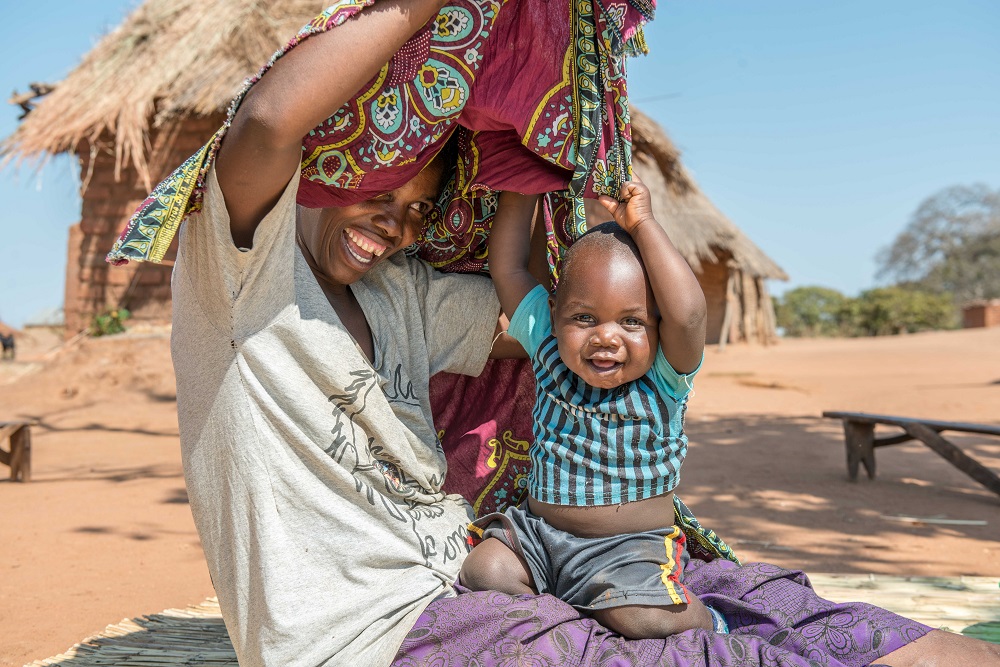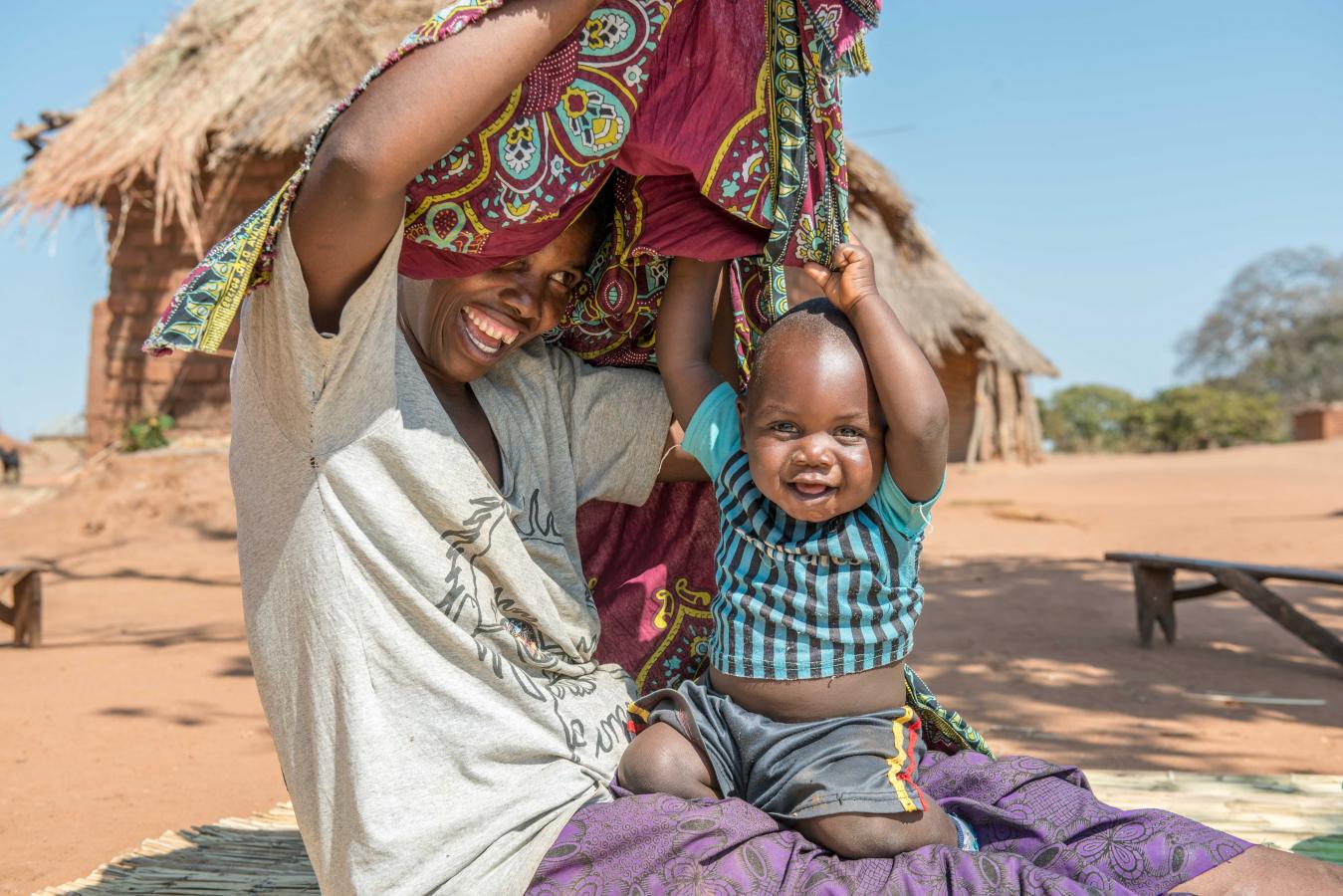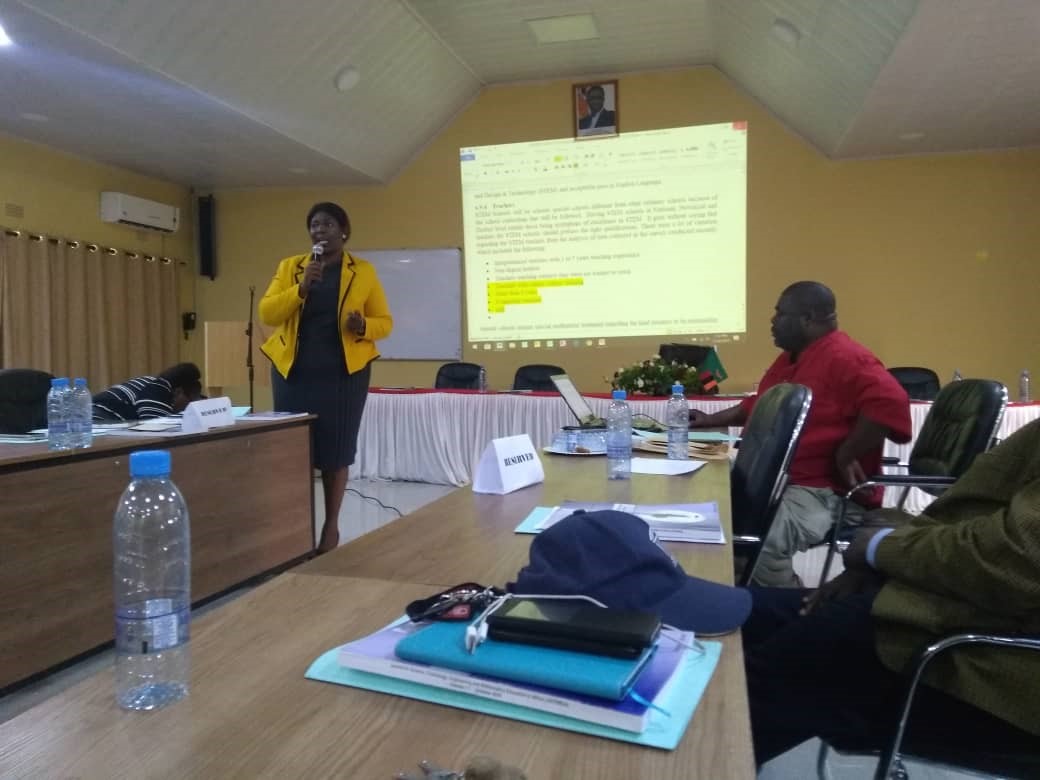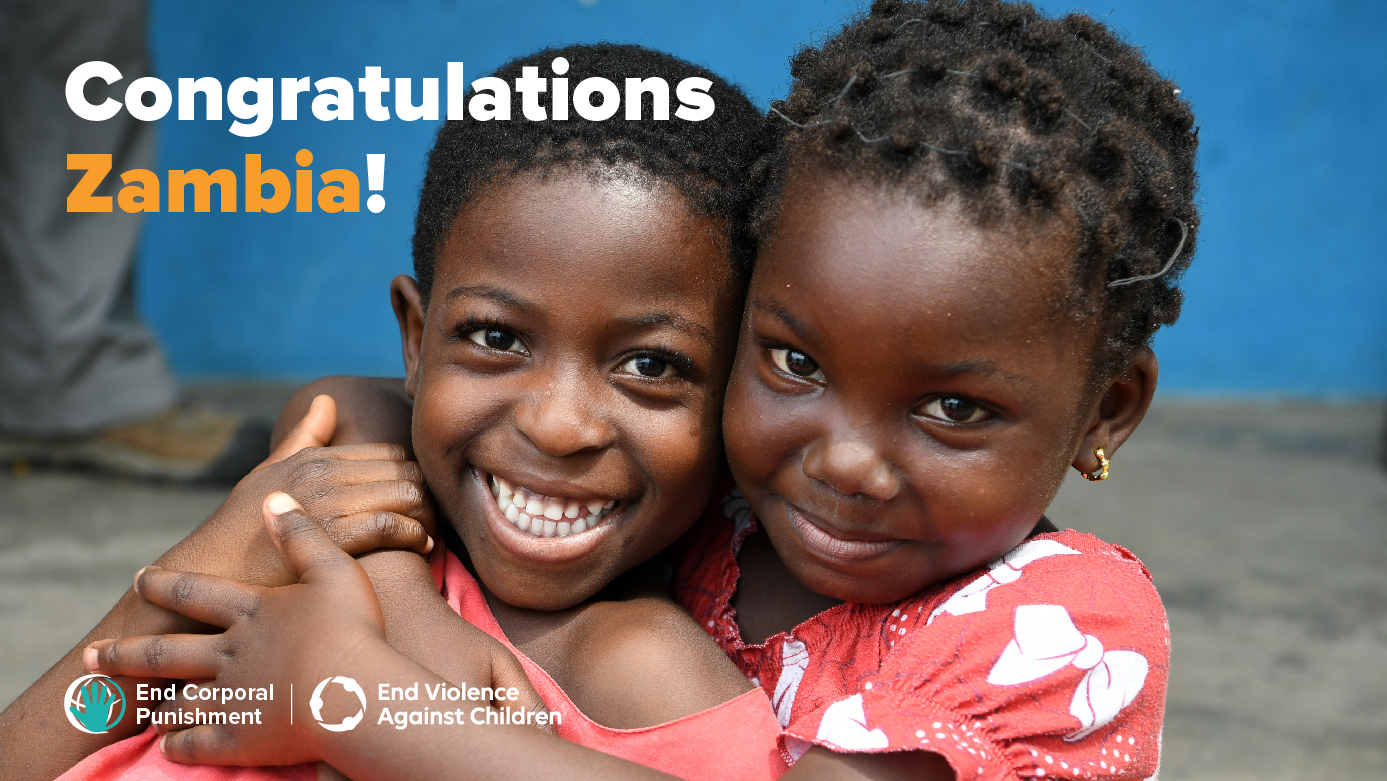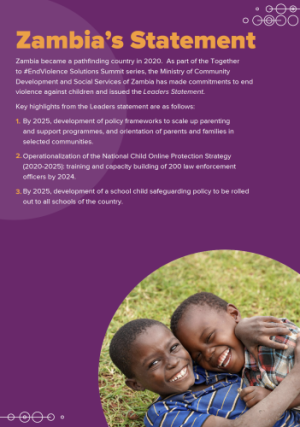 Together to End Violence Leaders Statement
Together to End Violence Leaders Statement
In November of 2020, Zambia became the 31st Pathfinding Country through the End Violence Partnership. By doing so, Zambia has joined seven other African countries – including Burkina Faso, Côte d'Ivoire, Nigeria, South Africa, Tanzania, Uganda and Zimbabwe – in prioritising children's safety by making a formal, public commitment to ending all forms of violence against children.
“We are delighted that Zambia has become a Pathfinding Country,” said Dr Howard Taylor, Executive Director of the End Violence Partnership. “With this high-level political commitment, Zambia joins 30 other governments who have committed to step-up their efforts to protect children and to link, learn and share what works with partners around the world so that together we can end all violence, exploitation and abuse of children."
Zambia’s announcement builds on years of progress in that country. In 2014, for example, the government undertook a Violence Against Children Survey (VACS), which analysed children’s experiences of violence across the country. And in 2015, Zambia created a national policy and action plan for children in Zambia.
